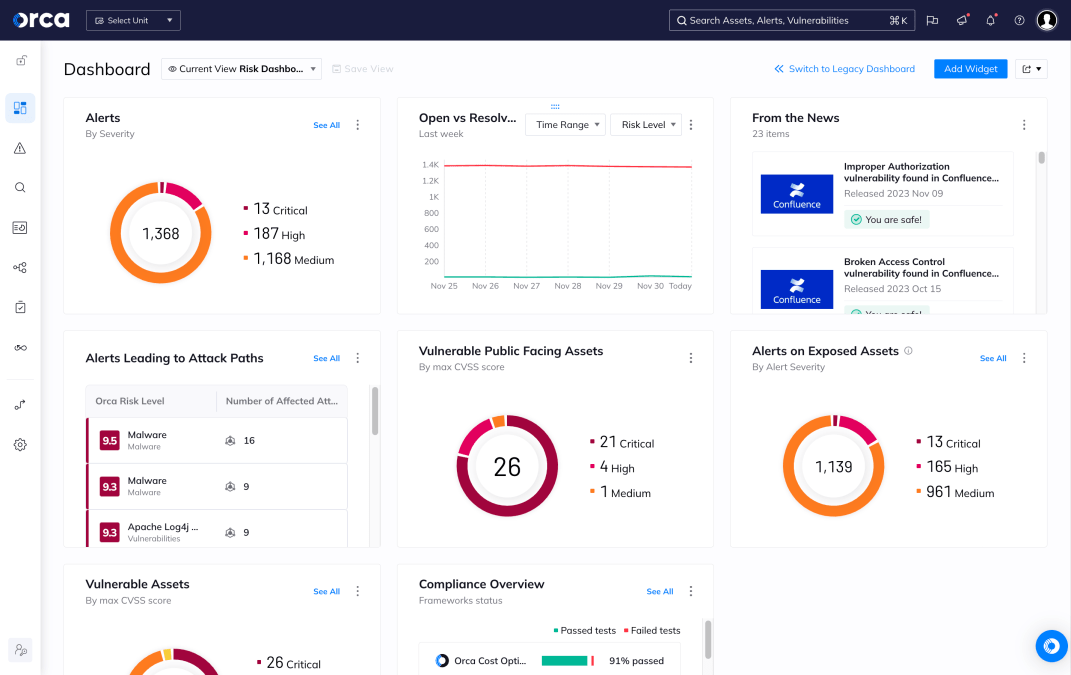The OWASP Top 10 List is a regularly updated document that identifies the ten most critical web application security risks, based on data collected from security organizations and practitioners worldwide. Published by the Open Web Application Security Project (OWASP), this resource serves as a foundational reference for developers, security teams, and enterprises working to secure web applications. As organizations increasingly migrate workloads to the cloud, the OWASP Top 10 becomes even more relevant, offering guidance tailored to address evolving attack surfaces beyond traditional perimeter-based models.
Why is it important?
The OWASP Top 10 is widely regarded as an industry benchmark for application security. Its importance stems from:
- Data-driven insight: The list reflects real-world vulnerabilities based on millions of data points collected from security incidents, vulnerability disclosures, and industry research.
- Regulatory alignment: Security frameworks and compliance standards such as PCI DSS, ISO 27001, and SOC 2 frequently reference OWASP as a baseline for secure coding practices.
- Security education: It provides a clear, accessible structure for educating developers, testers, and security teams about the most impactful vulnerabilities.
- Cloud relevance: With the rise of containers, APIs, and serverless functions, OWASP’s updated categories—including “Software and Data Integrity Failures” and “Server-Side Request Forgery (SSRF)”—help organizations secure cloud-native applications.
Organizations that fail to address these risks may face data breaches, compliance violations, and loss of customer trust.
How does it work?
The OWASP Top 10 is built using a combination of:
- Quantitative analysis: Aggregated vulnerability data is collected from bug bounty programs, application scanning vendors, and industry reports.
- Expert consensus: A global community of security professionals contributes insights, ensuring the list reflects both current and emerging threats.
- CWE mapping: Each OWASP category is linked to Common Weakness Enumerations (CWEs), helping teams align vulnerabilities with standardized security controls.
Each category includes:
- A description of the risk
- Common attack vectors
- Business impact
- Preventive and mitigation techniques
Security teams use the list to structure penetration testing, static and dynamic analysis, and secure development life cycle (SDLC) practices.
Security risks and challenges
Addressing OWASP Top 10 vulnerabilities in cloud-native architectures presents unique challenges:
- Tooling limitations: Traditional application security tools often lack visibility into serverless functions, microservices, and API gateways.
- Dynamic infrastructure: Cloud environments scale automatically, making it difficult to maintain consistent visibility and control over application components.
- DevOps velocity: Fast-paced deployments can lead to misconfigurations or insecure code reaching production before vulnerabilities are detected.
- Layered risks: Categories like “Security Misconfiguration” or “Vulnerable and Outdated Components” may span infrastructure, platform, and application layers simultaneously.
These challenges require modern security approaches that integrate seamlessly with cloud platforms and DevOps pipelines.
Best practices and mitigation strategies
Organizations should take a proactive, holistic approach to mitigating OWASP Top 10 risks:
- Secure coding practices: Train developers on OWASP principles and enforce standards throughout the SDLC.
- Shift-left security: Use Static Application Security Testing (SAST), Dynamic Application Security Testing (DAST), and Software Composition Analysis (SCA) in CI/CD workflows.
- Least-privilege access: Apply fine-grained IAM policies to APIs, databases, and storage to prevent unauthorized access.
- API hardening: Validate input, implement strong authentication, and monitor for abuse across API endpoints.
- Automated scanning: Regularly scan cloud infrastructure and application layers for misconfigurations and known vulnerabilities.
- Threat modeling: Identify how vulnerabilities in each OWASP category could be exploited in your specific architecture.
How Orca Security helps
The Orca Cloud Security Platform helps organizations address OWASP Top 10 risks across their cloud environments by providing:
- Full visibility and coverage: Automatically discovers and inventories all cloud resources across the multi-cloud environments of AWS, Azure, Google Cloud, Oracle Cloud, Alibaba Cloud, and Kubernetes
- Risk prioritization and remediation: Detects, prioritizes, and remediates all types of cloud risks, including those included in OWASP Top 10 categories
- OWASP alerts and frameworks: Provides dedicated alerts and frameworks for surfacing, monitoring, and resolving OWASP Top 10 risks
- Deep integrations: Offers deep integrations with developer platforms to streamline and accelerate remediation and cross-functional collaboration across the application lifecycle
Orca’s unified platform ensures that organizations can fully secure their cloud estate from development to production.




